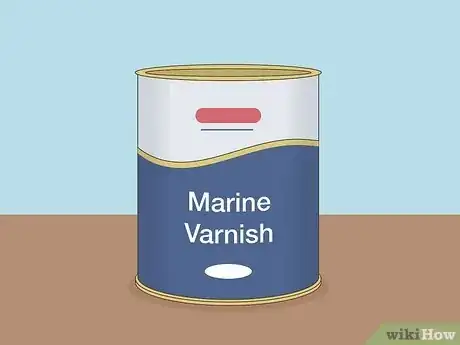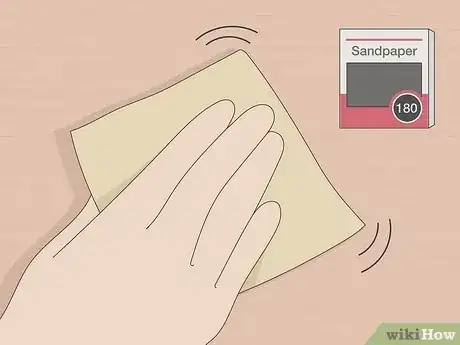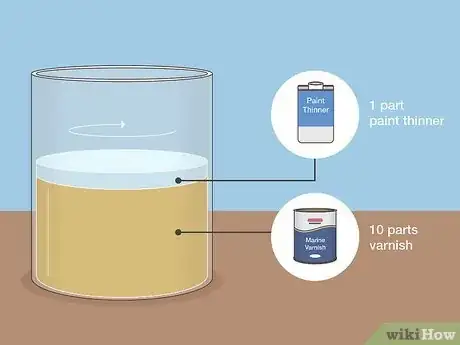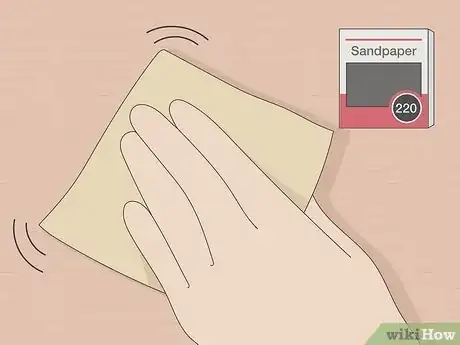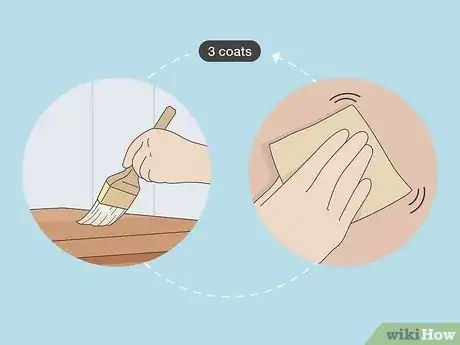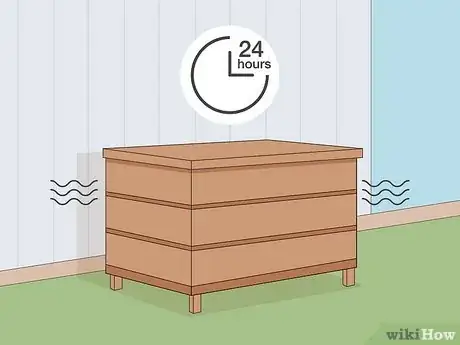This article was co-authored by Christopher Lanier and by wikiHow staff writer, Kyle Hall. Christopher Lanier is a handyman and the owner and operator of Watson & Company Handiworks, a handyman business in Austin, Texas. With over three years of experience, Christopher specializes in outdoor light installation, furniture assembly, TV mounting, and window treatment installation. Christopher holds a Bachelor’s degree in Business Administration from the University of Texas at Austin. Watson & Company Handiworks is rated as a Top Pro by Thumbtack.
There are 7 references cited in this article, which can be found at the bottom of the page.
This article has been viewed 8,456 times.
You have a wooden box that would be perfect for outdoor storage, but there’s one problem: it’s not waterproof. Fortunately, by using varnish, you can turn any wooden box into a waterproof outdoor storage container that will stand up to the elements and protect your belongings. Keep reading for step-by-step instructions on how to DIY waterproof your outdoor storage box and achieve a beautiful finish.
Steps
Warnings
- Rags, sanding residue, and other waste that has come into contact with marine varnish can spontaneously catch fire, even without an ignition source. To avoid this, dispose of these things in a closed metal container filled with water. Check your local fire regulations for more information on the best way to dispose of waste from this project.[17]⧼thumbs_response⧽
- Inhaling dust while sanding wood is bad for your lungs. Always wear a mask while sanding.[18]⧼thumbs_response⧽
Things You’ll Need
References
- ↑ https://www.bobvila.com/articles/how-to-waterproof-wood/
- ↑ https://www.woodenboat.com/varnishing-basics
- ↑ https://www.youtube.com/watch?t=187&v=poFBwGWmjrE&feature=youtu.be
- ↑ https://www.woodenboat.com/varnishing-basics
- ↑ https://www.bobvila.com/articles/how-to-varnish-wood/
- ↑ https://youtu.be/poFBwGWmjrE?t=227
- ↑ https://www.bobvila.com/articles/how-to-varnish-wood/
- ↑ https://myoldmasters.com/documents/old-masters-spar-marine-varnish-tds
- ↑ https://myoldmasters.com/documents/old-masters-spar-marine-varnish-tds
- ↑ https://www.woodenboat.com/varnishing-basics
- ↑ https://myoldmasters.com/documents/old-masters-spar-marine-varnish-tds
- ↑ https://myoldmasters.com/documents/old-masters-spar-marine-varnish-tds
- ↑ https://www.woodenboat.com/varnishing-basics
- ↑ https://myoldmasters.com/documents/old-masters-spar-marine-varnish-tds
- ↑ https://myoldmasters.com/documents/old-masters-spar-marine-varnish-tds
- ↑ https://myoldmasters.com/documents/old-masters-spar-marine-varnish-tds
- ↑ https://myoldmasters.com/documents/old-masters-spar-marine-varnish-tds
- ↑ https://health.clevelandclinic.org/home-diy-project-6-tips-avoid-dangerous-fumes-substances/
